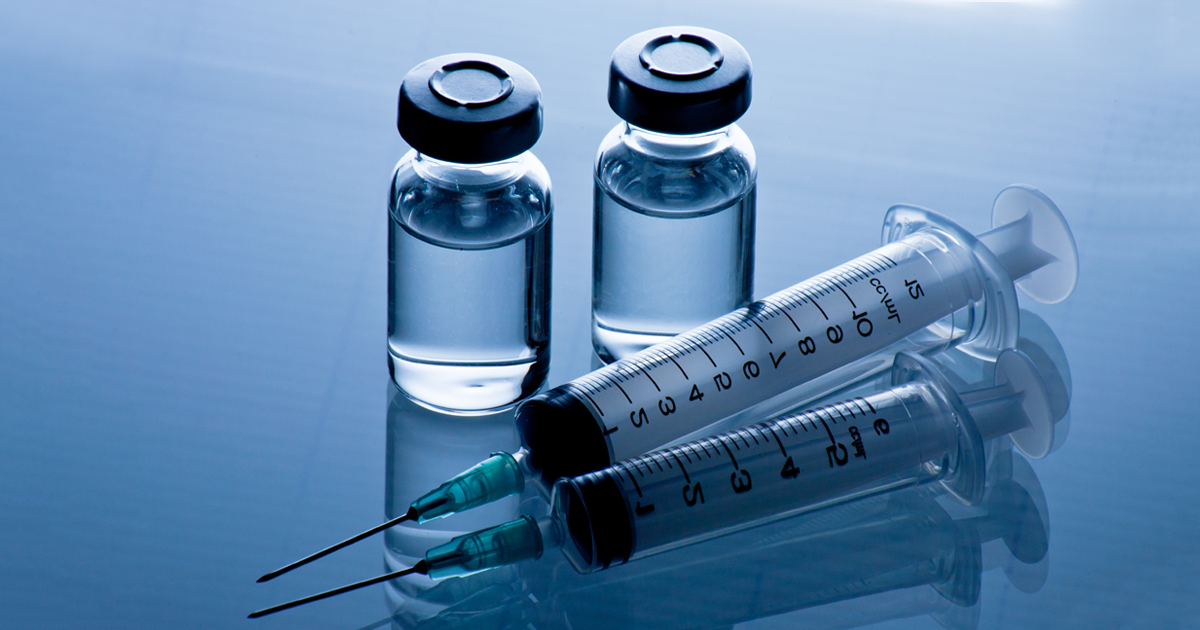Different companies produced many vaccine candidates in the past few months to find the perfect mix for the COVID-19 crisis, yet only a few had promising results. In developing the COVID-19 vaccine, there are different approaches to the design. The differences lie between using other parts of the virus: using the whole virus, using only parts of the virus, and only using the genetic material that triggers the body's immune response to the virus.
How Vaccines Work
Exposing the body to microbes such as germs, viruses, and bacteria results in an infection. Our bodies fight this infection by producing white blood cells such as macrophages, B-lymphocytes, and T-lymphocytes, helping develop immunity from future infections. These cells have an antigen that produces antibodies that help in attacking infected cells.
Vaccines work similarly. Traditionally, vaccines help develop immunity by introducing a weakened version of the virus to the body, which can trigger an immune response and help the body fight off the infection.
Whole Virus Vaccines
Whole virus vaccines are traditional vaccines with well-established technologies. These vaccines make use of a weakened version of the pathogen that triggers protective immunity from the diseases caused by the virus. There are types of whole virus vaccines: live attenuated vaccines and inactivated vaccines.
Live attenuated vaccines use a weakened form of the virus that can infect and replicate in the body causing no or mild diseases. After these weakened forms are introduced to the body, the immune system responds typically by killing these weakened forms of the virus, developing immunity. However, this type of vaccine is unsuitable for people with compromised immune systems as it can cause illnesses for these individuals.
Inactivated vaccines work similarly to live attenuated vaccines. It also contains the disease-causing virus, but its genetic material is destroyed. This type of vaccine is safer because it cannot cause underlying diseases since the genetic material is gone. However, it is weaker than live attenuated vaccines due to the destruction of the genetic material responsible for triggering a more robust immune response.
Companies such as Sinovac and Sinopharm employ this technology in manufacturing their vaccine.
Subunit Vaccines
Unlike whole virus vaccines, which use the entire virus, subunit vaccines only use specific parts of the virus that trigger immune responses in the body. These subunits are usually a combination of sugar and proteins carefully isolated from the virus, which can trigger the immune response. These vaccines' risk is minimized since these subunits do not harm the body, proving them safer for people with compromised immune systems.
Subunit vaccines are used by the company Novavax and administered to the body in two shots/doses.
Viral Vector Vaccines
Vector vaccines involve using a modified version of a different harmless virus that serves as the "vector," or the vessel. This vector contains the parts of the original virus that trigger an immune response (the protein found on the surface of the COVID-19 virus). The dangerous component injected into this vector is recognized by the body as a threat, which induces the immune response. Since a much safe virus is used as the vessel, there is no risk of getting infected by COVID-19.
Oxford-AstraZeneca uses viral vector vaccines in producing their vaccines.
Nucleic Acid Vaccines (mRNA Vaccines)
This type of vaccine is perhaps the latest technology developed in vaccine designs. Unlike the other designs, nucleic acid vaccines only use a part of the virus's genetic material responsible for making the protein that triggers the immune response. Nucleic acid vaccines instruct our cells through mRNA use to produce specific proteins similar to that produced by the COVID-19 virus to trigger the body's immune response similar to that of a typical infection once injected into the body. This immune response then develops immunity to the infection.
Nucleic acid (mRNA) vaccines are developed by companies such as Pfizer, Moderna, and BioNTech.
Our Choice
These four types of vaccines lead to the development of vaccines against COVID-19 and are considered safe. The only difference between these vaccines is the approach used in triggering the immune response. However, since data for the select developed vaccines are available, we can decide what vaccine type we choose to be administered with. It is up to us whether we choose the best and follow the path science paved or fear baseless rumors.


